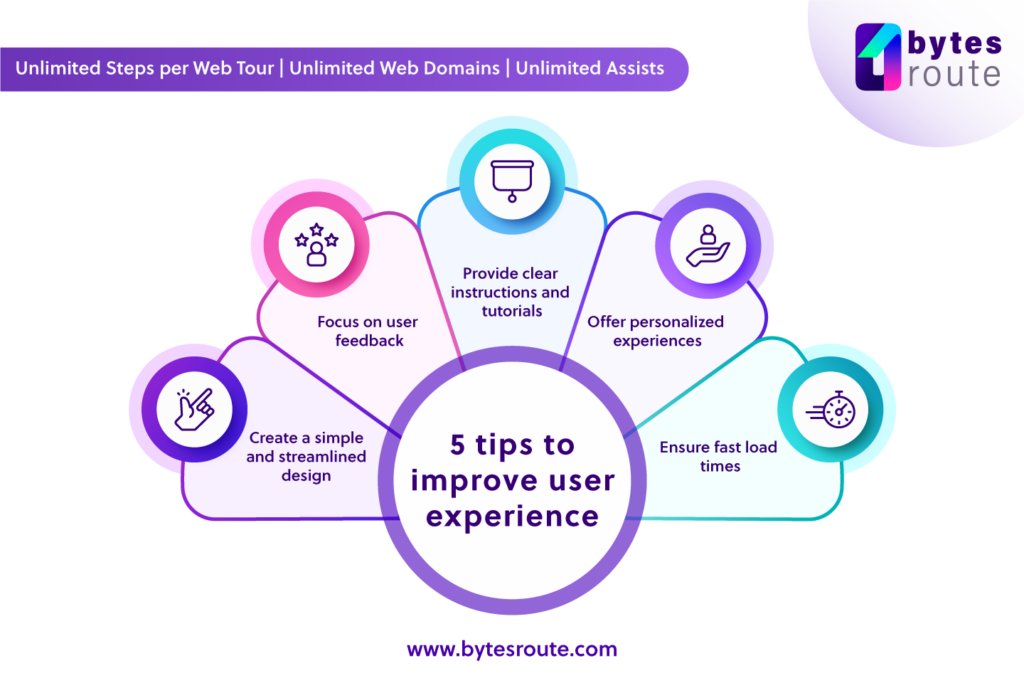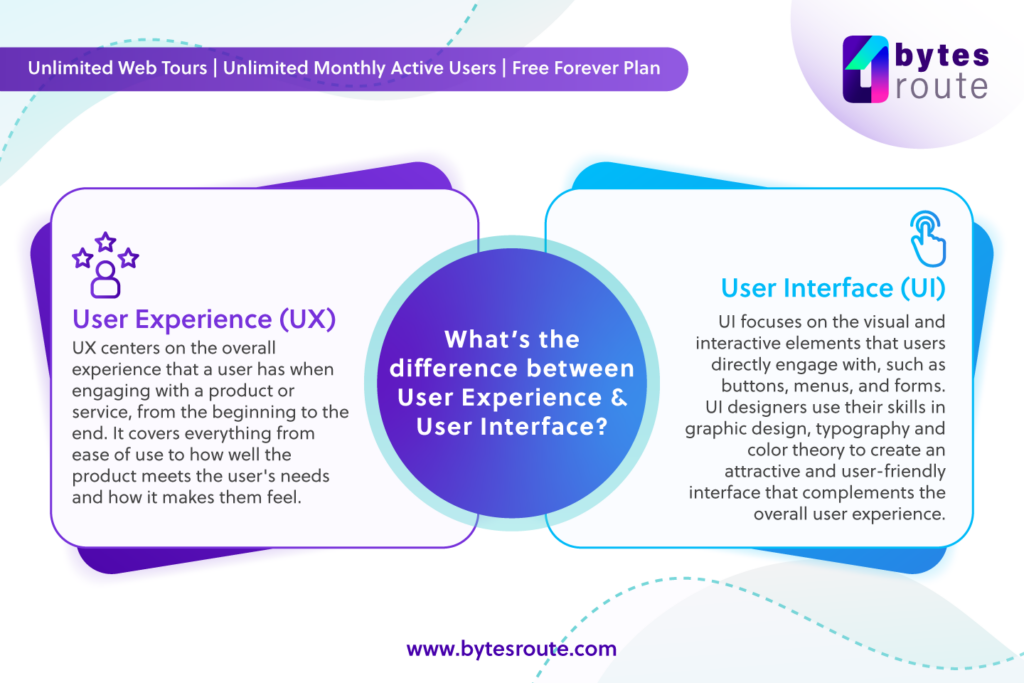What is User Experience?
User experience (UX) is all about how people feel when using a product or service. It takes into account all aspects of user interaction, including the design, usability, accessibility, responsiveness, and overall satisfaction with the product, service, or system.
The goal of any excellent UX is to eliminate as many obstacles as possible from the user’s path, so they can complete tasks efficiently.
It’s a crucial part of any product or service design because it can ultimately determine whether users will stick around and continue to use what you have to offer. Ultimately, a great user experience should feel natural and seamless, leaving the user feeling satisfied and happy with their experience.
Good UX design can be the difference between a successful product or service and a failed one.
Why is User Experience important?
User experience (UX) is super important because it can seriously impact how people feel about a product or service. If you’re like most folks, you prefer a reliable UX because it makes you happy and satisfied with your purchase. While on the other hand, a bad UX can be super frustrating and might even cause you to give up on a product altogether. That’s why it’s so important for companies to prioritize UX design!
When a product or service has a well-designed user experience, it can make things so much easier and more intuitive for users. This can save them time and reduce the amount of brainpower they need to use the product – who doesn’t love that? Plus, when users have a positive experience, they’re more likely to stick around and be loyal customers. They might even recommend the product or service to their friends, which can help build a positive brand reputation.
In short, having a great UX is a win-win situation for both users and businesses, because if users are happy, businesses are successful.
How to Improve User Experience

Improving the user experience is a crucial element of any product or service. To ensure your platform is as user-friendly and enjoyable as possible, there are a few things you should keep in mind.
First, it’s important to create a simple and streamlined design. This means removing anything unnecessary or distracting and making sure that your users can easily navigate your interface. Keeping a consistent color scheme, font style, and layout throughout your platform can also help guide users and make their experience more intuitive.
The feedback from users is key. Actively seek out feedback to get a better understanding of your user’s pain points and concerns. Listening to your users’ feedback can help you make changes that will benefit them and keep your platform evolving and improving to meet their needs.
Another way to improve the UX is to make sure that your platform is easy to use and that you provide clear instructions and tutorials to help guide users. Make your users’ lives easier by avoiding the use of complex language and confusing terms that may overwhelm your users. Also, make sure that your platform loads quickly to avoid any delays or frustration.
Last but not least, customization can boost satisfaction levels. User retention can be improved by providing them with content and recommendations tailored to their specific preferences and past actions.
Using these recommendations will help you design a user-friendly platform that will attract more people to your site and encourage them to interact with your business.
User Experience vs User Interface

User Experience (UX) and User Interface (UI) are two key concepts in design, each with its own focus.
UX centers on the overall experience that a user has when engaging with a product or service, from the beginning to the end. It covers everything from the ease of use to how well the product meets the user’s needs and how it makes them feel.
On the other hand, UI focuses on the visual and interactive elements that users directly engage with, such as buttons, menus, and forms. UI designers use their skills in graphic design, typography, and color theory to create an attractive and user-friendly interface that complements the overall user experience.
In essence, UX is all about the bigger picture, while UI is more focused on the details. However, both UX and UI are critical to creating an outstanding user experience, and they must work together seamlessly to achieve this goal.
Designing a platform that serves its purpose while also being aesthetically beautiful leads to higher levels of customer happiness and engagement.